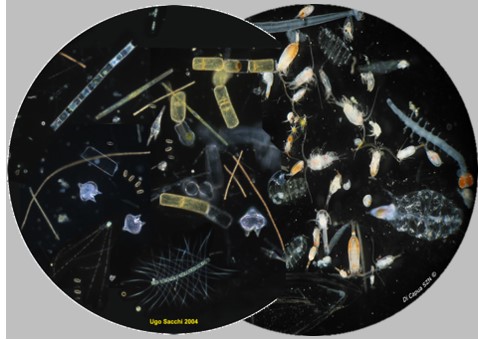 L'Area di Ecologia del Plancton si trova presso la sede di Napoli. L’Area consente agli utenti l’analisi e lo studio del plancton, di entrambe le sue componenti fitoplancton e zooplancton, dalla ricezione dei campioni da mare, all’isolamento e la messa in coltura delle specie di interesse, per consentirne lo studio fisiologico, genetico e di popolazione.
L'Area di Ecologia del Plancton si trova presso la sede di Napoli. L’Area consente agli utenti l’analisi e lo studio del plancton, di entrambe le sue componenti fitoplancton e zooplancton, dalla ricezione dei campioni da mare, all’isolamento e la messa in coltura delle specie di interesse, per consentirne lo studio fisiologico, genetico e di popolazione.
L’area è distribuita momentaneamente, in attesa del completamento dei lavori di ristrutturazione dell’ala ovest, in 7 stanze e 2 zone comuni distribuite su 4 dei 5 piani dell’ala EST, così come di seguito elencato in base alle attività svolte:
Wet Lab: Piano terra stanza #T35
Mantenimento Colture fitoplancton e zooplancton: Primo piano stanza #148 e terzo piano Cella walk in #365ter
Manipolazioni Zooplancton vivo: Primo piano stanza #138
Manipolazioni Fitoplancton vivo: Primo piano stanza #148 e Terzo piano stanza #364
Manipolazioni Fito e Zoo Plancton fissato: Terzo piano stanze #325 e #326
Celle climatizzate per esperimenti: piano -1 e terzo piano (salone #365)
|
Responsabile Area Funzionale: Dott.ssa Carmen Minucci Questo indirizzo email è protetto dagli spambots. È necessario abilitare JavaScript per vederlo. Interno #272 |
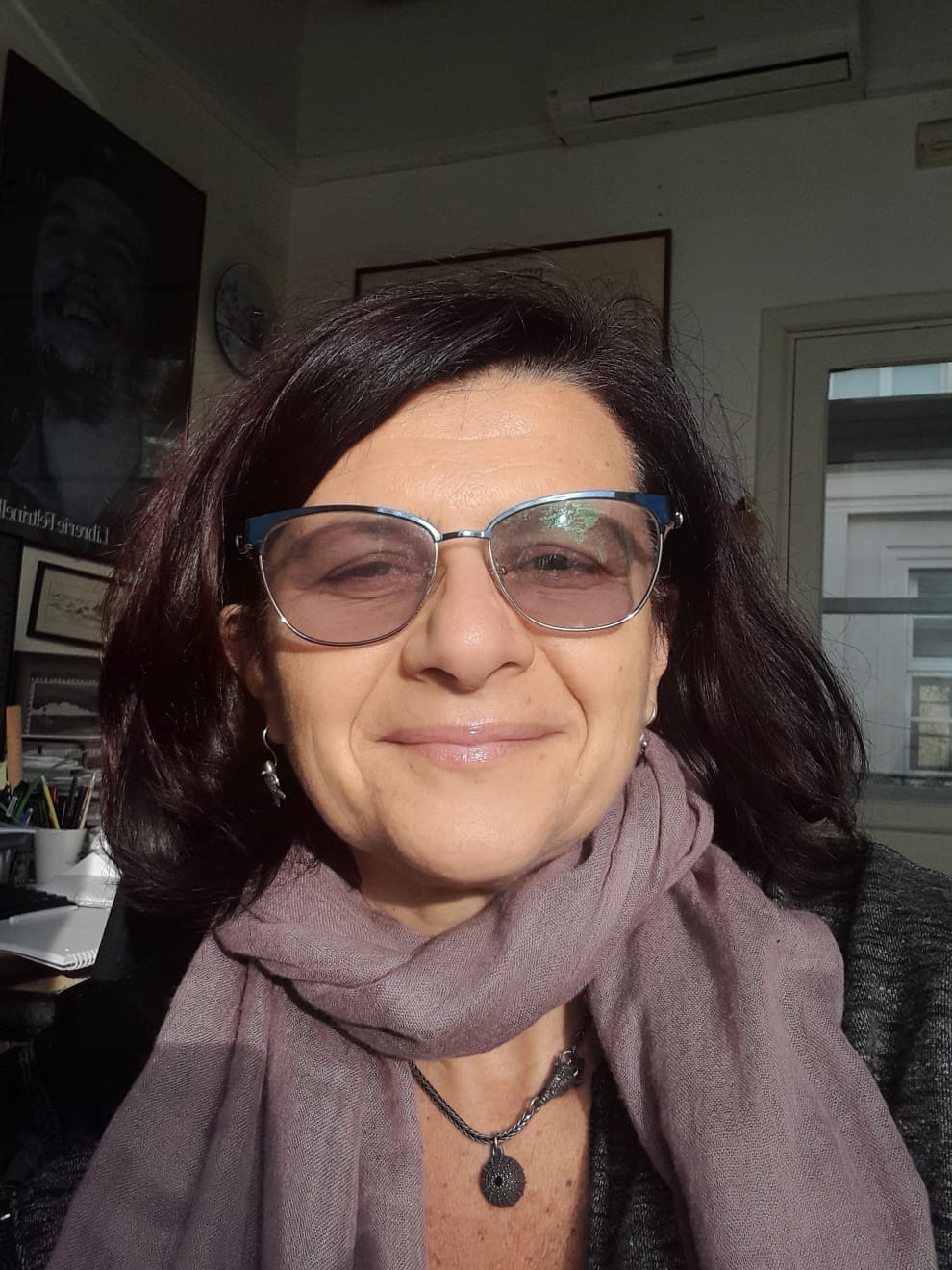 |
Prenotazioni su www.labagenda.com
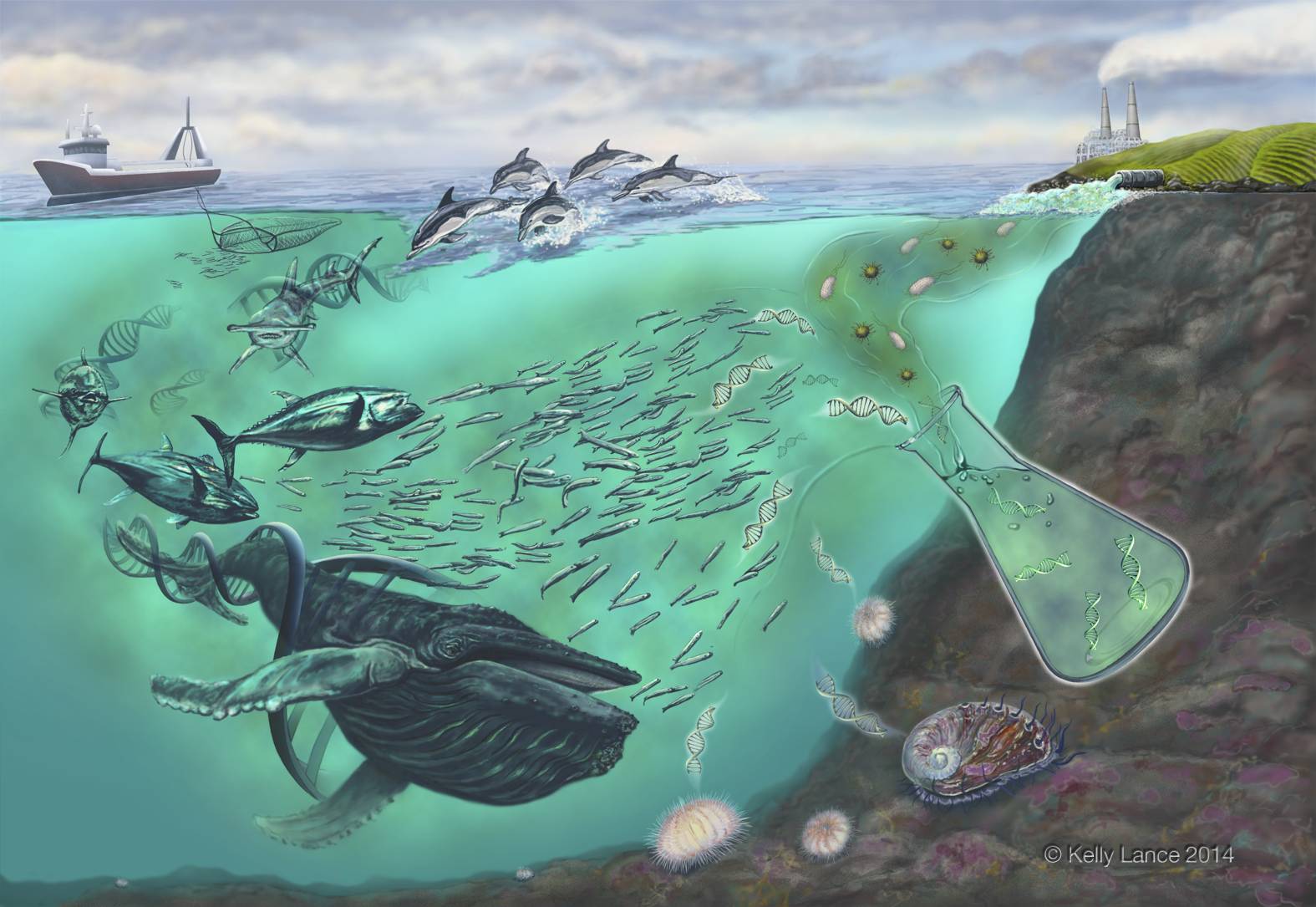 L'Area di Ecologia Molecolare è dedicata allo studio e analisi di aspetti molecolari legati all'identificazione tassonomica, studi di genetica di popolazioni, studio di espressione genica e di genetica funzionale.
L'Area di Ecologia Molecolare è dedicata allo studio e analisi di aspetti molecolari legati all'identificazione tassonomica, studi di genetica di popolazioni, studio di espressione genica e di genetica funzionale.
L’area è distribuita momentaneamente, in attesa del completamento dei lavori di ristrutturazione dell’ala ovest nelle seguenti stanze:
- Primo piano ala est stanza #140
- Primo piano ala est stanza #146
- Primo piano ala est Corridoio #150
- Terzo piano ala est stanza #340
- Terzo piano ala est stanza #346
|
Responsabile Area Funzionale: Camilla Borgonuovo Questo indirizzo email è protetto dagli spambots. È necessario abilitare JavaScript per vederlo. |
 |
Prenotazioni su www.labagenda.com
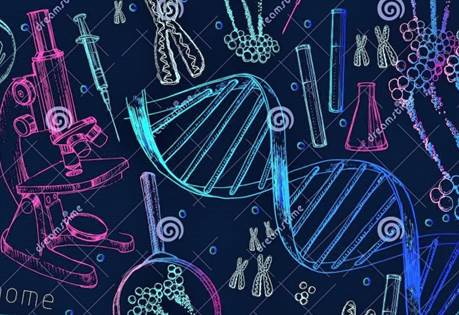 L’area di Genomica Funzionale è dedicata alla localizzazione e alla perturbazione dell’espressione genica durante lo sviluppo embrionale negli organismi marini. Include due aree dedicate:
L’area di Genomica Funzionale è dedicata alla localizzazione e alla perturbazione dell’espressione genica durante lo sviluppo embrionale negli organismi marini. Include due aree dedicate:
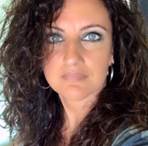
Responsabile: Mara Francone
Questo indirizzo email è protetto dagli spambots. È necessario abilitare JavaScript per vederlo.
Interno #353
Secondo piano Ala EST

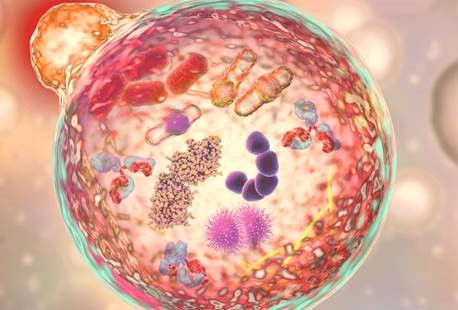 Il laboratorio di Biochimica e Biologia Cellulare è dotato di vari strumenti utili alla caratterizzazione biochimica e funzionale di proteine e piccole molecole e allo studio della trasduzione del segnale intracellulare in organismi marini. L’attrezzatura disponibile include sistemi cromatografici per la purificazione e caratterizzazione di proteine, spettrofotometri per dosaggi enzimatici, omogenizzatori per la distruzione cellulare.
Il laboratorio di Biochimica e Biologia Cellulare è dotato di vari strumenti utili alla caratterizzazione biochimica e funzionale di proteine e piccole molecole e allo studio della trasduzione del segnale intracellulare in organismi marini. L’attrezzatura disponibile include sistemi cromatografici per la purificazione e caratterizzazione di proteine, spettrofotometri per dosaggi enzimatici, omogenizzatori per la distruzione cellulare.
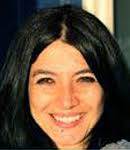 Responsabile: Imma Castellano
Responsabile: Imma Castellano
Questo indirizzo email è protetto dagli spambots. È necessario abilitare JavaScript per vederlo.
Interno #293
Terzo piano Ala EST, #356
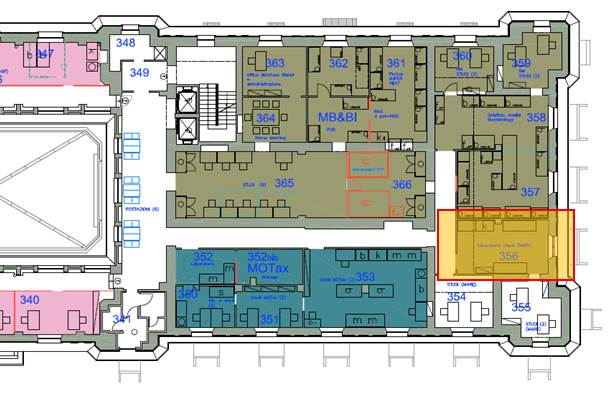
| Strumentazione prenotabile |
| - Sistema Cromatografico/ FPLC Acta |
| - Spettrofotometro Agilent |
| - Spettrofotometro Agilent Cary 100 Scan |
| - Omogenizzatore ultraturrax Junke&Kunkel |
| - Incubatore Thermo scientific |
| Prenotazioni su www.labagenda.com |
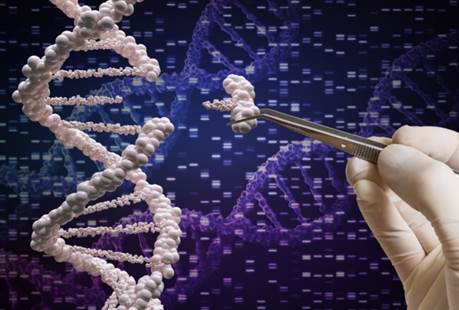 L’area Perturbazione genica è dotata della strumentazione necessaria per la traformazione e coltura di embrioni di organismi marini.
L’area Perturbazione genica è dotata della strumentazione necessaria per la traformazione e coltura di embrioni di organismi marini.
Sono presenti: un puller per preparare aghi da microiniezione, un elettroporatore e n. 3 setup per microiniezione necessari per la trasformazione di zigoti.
Sono inoltre disponibili n. 3 incubatori refrigerati ed una camera termostatata (walk-in) per la crescita degli embrioni alla temperatura richiesta (tipicamente 15, 16, 18 e 20°C).
 Responsabile: Mara Francone
Responsabile: Mara Francone
Questo indirizzo email è protetto dagli spambots. È necessario abilitare JavaScript per vederlo.
Interno #353
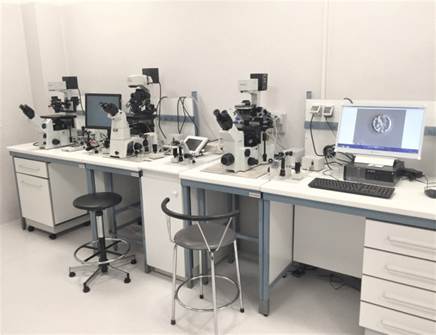
Secondo piano Ala EST, #244, #246
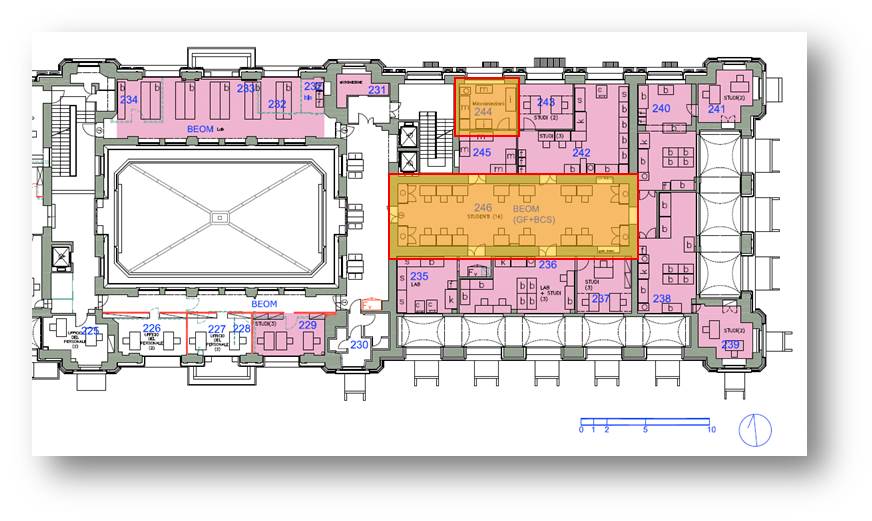
|
|
| Elettroporatore |
| Puller |
| Setup Microiniezione 1 |
| Setup Microiniezione 2 |
| Setup Microiniezione 3 |
| Incubatore Panasonic (15°C) |
| Incubatore Memmert (18°C) |
| Incubatore VelpScientifica (20°C) |
| Walk-in (18°C) |
| Prenotazioni su www.labagenda.com |










